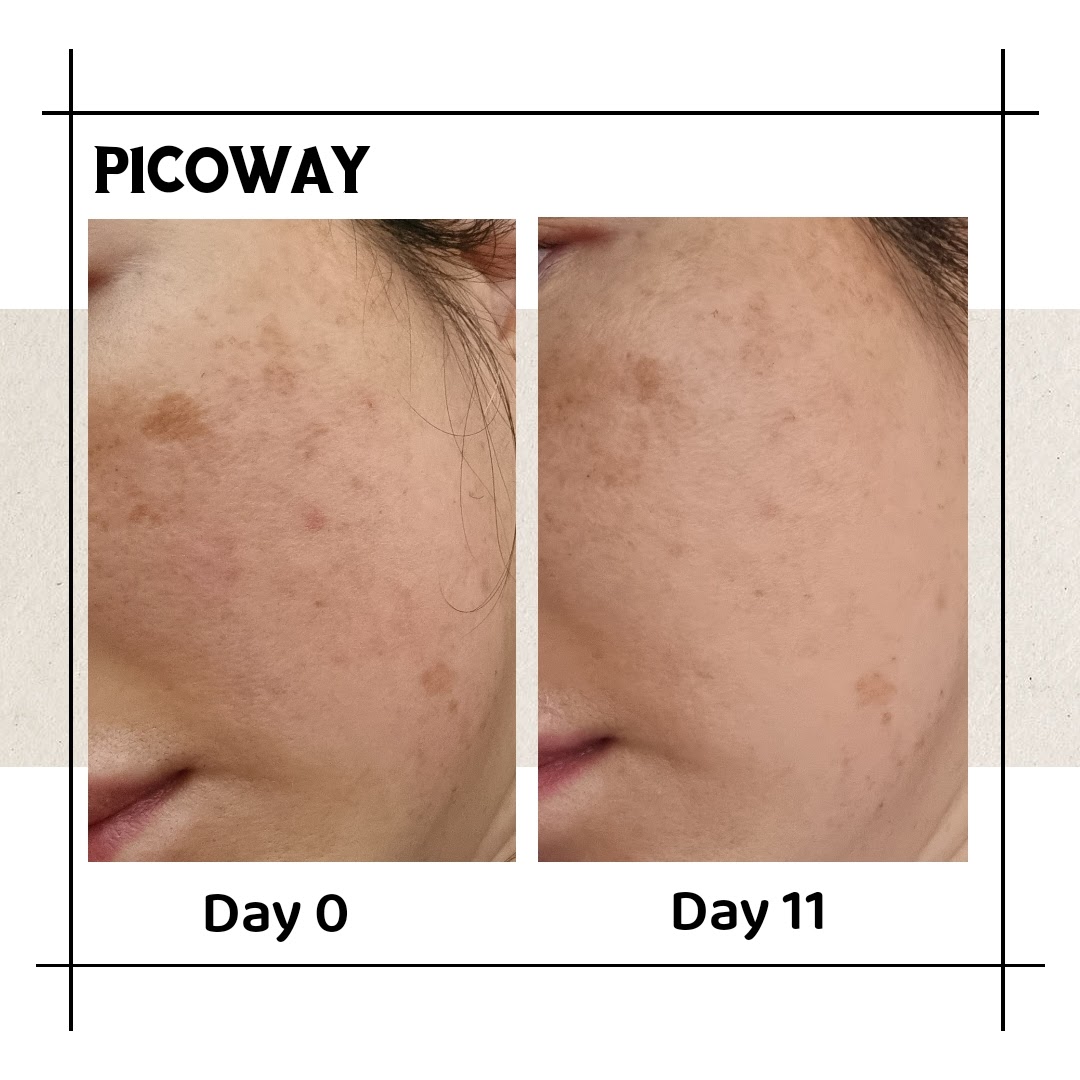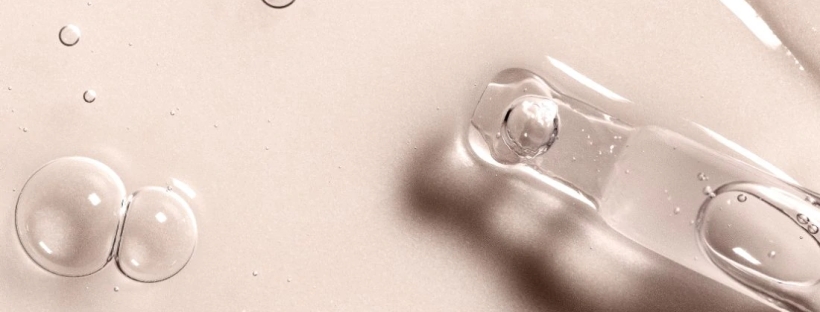I wasn’t sure what to expect from my first Picoway laser session as I’d never undergone any type of treatment beyond that one time I had some extractions done about 20 years ago.
My pigmentation started to emerge in my 30s with several sunspots (also known as age spots, liver spots and solar lentigines) predominately on the left side of my face. I wasn’t wearing sunscreen consistently in my earlier years and have been badly sunburnt twice.

That all changed when I started using a premium range of skincare including one of three sunscreens I apply religiously each day. Five years later, my skin has improved a lot in terms of pigmentation but with more stubborn discolouration including melasma, skincare is only one part of the solution.

Why now?
The chance of rebound pigmentation or additional trauma caused by other forms of laser made me hesitant to try them but as the technology has advanced to be safer for Asian and deeper skin tones, I’ve been eager to try the Picosecond laser.
What is Picoway?
Picoway works by delivering high peak power and the shortest pulse durations for a non-thermal, photoacoustic effect that effectively shatters the pigment without overheating the surrounding tissue. This makes it easier for the body to remove what’s left because it’s no longer deep within the lower layers of the skin.
Before your Picoway Laser Treatment
It’s important to stop all actives one week before your treatment such as AHAs and BHAs that may increase the photosensitivity of your skin and any tyrosinase inhibitors. I had only stopped one day before my initial consultation. Ideally, I should have waited a week but I was eager to get it done. The consultation included a conversation about my history to determine the causes and types of pigmentation, any medications you may be on and health issues they should know about.
What To Expect
At first, I wasn’t going to use the numbing cream but was advised it was better to have it, especially if you have sensitive skin. I thought I’d be able to handle the discomfort and heard it felt like quick rubber bands snapping against your skin. Yeah, that doesn’t sound too bad and the pulses are really fast so it should be tolerable. Well, let’s just say I’m glad I went with the numbing cream. It turned out to be quite painful in parts, especially on the two larger sunspots around my left cheekbone and jaw.
The procedure took around 15 minutes and was given a tube to direct cold air onto my face. A couple of times I even felt an electric shock on my left cheek which was unexpected. When it was over, I was handed a mirror. You could clearly see all the pigmentation that had been pushed to the surface. YUCK!! It looked like a really bad tattoo job. =/
Immediately after the treatment, the nurse applied a cooling gel with a small hammer tool followed by rejuvenation laser light therapy before sunscreen was smoothed all over my face. By then my cheeks were quite red so I put my mask back on before stepping out of the clinic. The left side of my face was pretty swollen the first day because there was more pigmentation on that side.
My Results
You can check out the progress from the first 11 days on Instagram.
Post Laser Skincare Routine
The first few nights I used a makeup wipe to clean my face as well as a gentle skin treatment and moisturiser. No actives for at least the first week but incorporated my hyaluronic acid serum twice a day to keep my skin nice and happy under my moisturiser. I went back to my regular cleanser on the seventh day slowly working in the other steps/actives over the next few days. Oh, and sunscreen every day even though you’re meant to stay out of the sun for 2 weeks.
On the eighth day, some freckles had already fallen off but a few others weren’t quite ready to shed. The heart-shaped lentigines was pretty dry and crusty, so I used a facial oil to help things along. It was so satisfying watching those dry, flaky bits disappear to reveal a more even complexion.
At 52, it took a few more days to see those first freckles fall off but was excited to see my largest mark now half the size. I’ve never been so pleased to see a broken heart. </3
Further improvements should happen over the next 6 weeks or so but until then I’ll be using my cocktail of tyrosinase inhibitors to prevent further pigmentation or complications.
Have you tried Picoway?
